Main Types of Camera Lenses Explained
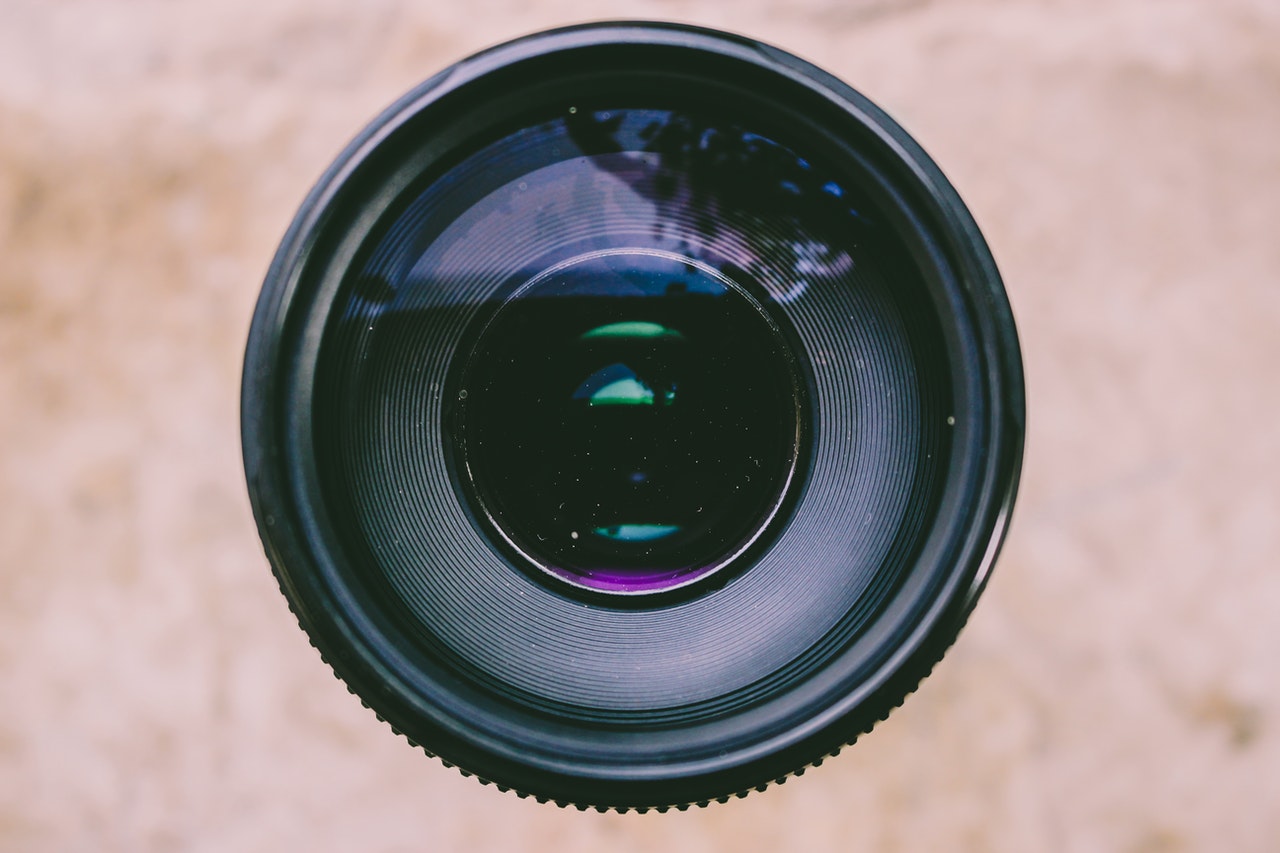
Photography has become one of the biggest industries, and largest hobbies of the twenty first century. A large factor in your photography, and the second most important bit of camera equipment besides your camera body is having the right types of camera lenses for your plans.
No matter how fascinating your subject is or what kind of story you want to tell, you will never succeed with the wrong lens. As a photographer, you should be aware of the camera lenses and their respective usage so that you can get the perfect results in the future.
This article is going to discuss all the important types and their usage. Take a look at these types and see how you are able to enhance your skills in some way.
A camera lens in brief
As previously mentioned, the lens is one of the most vital components of a camera. Even if you have the best quality camera with you, you are not going to get a photo without a lens. Lens the elements of a camera that brings all the desired light to a fixed focal point.
A lens is made up of several concave and convex glasses which route the light rightly onto the sensor of the camera.
Characteristics of a camera lens
Before we go further, you should know about the basic characteristics of a camera lens. If you know about the characteristics, it would be easy for you to decide the appropriate lens.
Take a look at these characteristics:
Depth of field
This is a thing that matters the most for a photographer. With the help of this feature, you can control the part of a photograph to be in focus. In the case of landscapes, you must have seen that the whole area is in focus. While in portrait photography, the subject is in focus.
Aperture and maximum aperture
The aperture of a camera is expressed in the terms of f-stops. Aperture is the opening of the lens. It is the opening through which the light enters the lens and reaches the sensor. One thing that you should keep in mind here is that the larger the aperture value is, the smaller is the opening. The depth of the field is decided by the aperture.

Camera aperture scale illustration (howthingswork.org).
Knowing about the maximum aperture will help you a lot in this matter. All the lenses label the maximum aperture. By reading this, you will know how wide this lens could open.
Focal length
Broadly speaking, the focal length of a camera is the distance between the convergence point of the lens and the sensor of the camera. This distance is often represented in millimetres.
The focal length of the camera decides the range that your camera can capture. If this number is smaller, you can capture a very narrow-angle of view.
| Lens Focal Length* | Terminology | Typical Photography |
|---|---|---|
| Less than 21 mm | Extreme Wide Angle | Architecture |
| 21-35 mm | Wide Angle | Landscape |
| 35-70 mm | Normal | Street & Documentary |
| 70-135 mm | Medium Telephoto | Portraiture |
| 135-300+ mm | Telephoto | Sports, Bird & Wildlife |
Main types of camera lenses
Now that you are aware of all the essential features of a camera lens, you are ready to know about the main types of camera lenses. There are two main types of lenses and those two types have other subtypes.
Prime lens
Prime lenses are used very often by photographers for specific purposes. If you are planning to use the same lens in different scenarios, you can’t. The biggest drawback of such lenses is that they have fixed focal lengths.
But when you are planning to use the lens for specific purposes, prime lenses are the best. As these lenses have fixed focal length, there are less number of glasses in the lens that makes it lighter than the others.
Let's say you plan to photograph food for a living or a hobby. a 35mm fixed prime lens would be ideal for that work. If you were to photograph landscapes, you would want a smaller focal length, say a 24mm lens instead.
Zoom lenses
These are the multi-purpose lenses. You can use them in several scenarios. You can use these lenses by changing the focal lengths and that increases their utility. The flexibility of these lenses makes them slow as compared to the prime lenses. As the photographers use to travel a lot, carrying these lenses is a bit tough due to the heavyweight and bigger size.
So, these were the main types of lenses but there are several other types of lenses within these types. Now, we are going to discuss all those types in detail.
Standard lens
These are the most widely used lenses by photographers. The focal lengths of these lenses lie between 35mm to 85mm. If you plan a buy a zoom lens of this type, you will get the lens with a small focal length at the bottom end while a large focal length at the top-end.
With that kind of lens, you can take photos of a variety of subjects and photo prompts, such as wide-angle, full-frame photos by using the small focal length and you will also be able to zoom on the subjects that are farther away.
Telephoto lens
These lenses offer a narrow-angle of vision and but they enable the photographer to focus on a subject that is far away. These are used when a higher level of magnification is needed. Especially the sports photographers use these lenses very much.
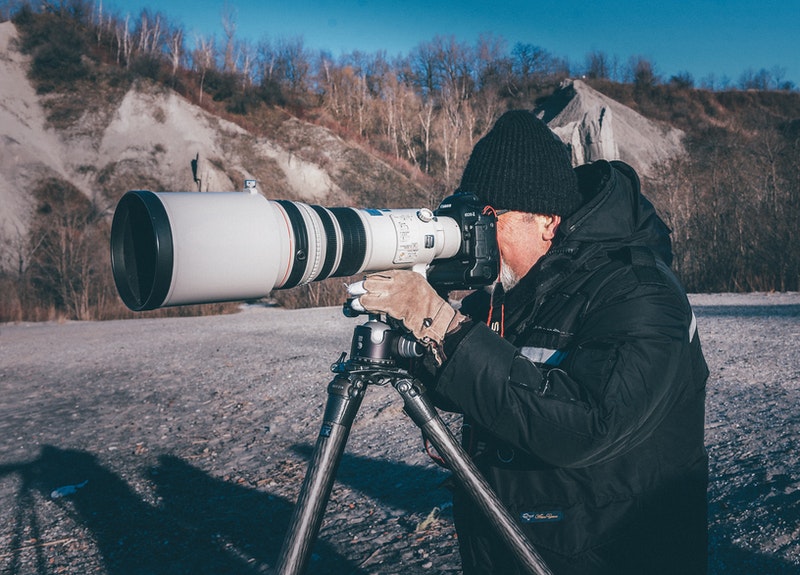
Photographer using a telephoto lens
These telephoto lenses are great when you want to focus on distant objects but they are also very costly and heavy as compared to the other lenses.
They can easily cost many times the cost of your camera body, so obviously you should do plenty of research and determine your exact requirements before going out and making a purchase.
Wide Angle Lenses
When you are planning to take photos of a landscape, or you are involved in street photography wide-angle lenses would be the best option. These lenses are very useful when you try to include a large area in your frame.
Everything inside the frame is in focus when you take photos with wide-angle lenses. If you want to focus on an object using this lens, you should keep the subject very close to the lens.
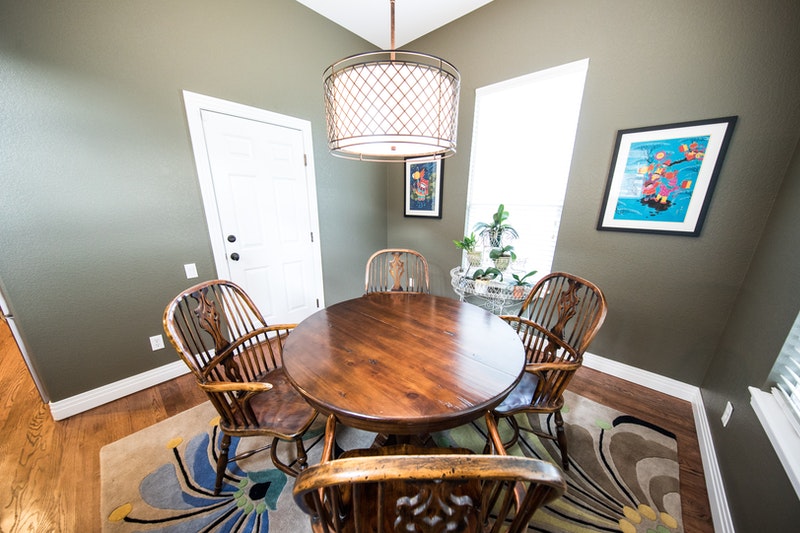
Small room photographed by wide angle lens
When photographing real estate, many professional photographers will use a wide angle lens, as it gives the appearance of space in smaller rooms. For example, the photograph above of a small dining area looks far larger than it is in real life, thanks to the lens.
You can typically spot lens aberrations, such as slight curvatures in photographs that use a wide angle lens.
Macro lens
These lenses are made to capture the tiniest details of an object. These lenses are designed in a way that enables them to take sharp photos in close range. You can use a macro lens to take very close-up photos.
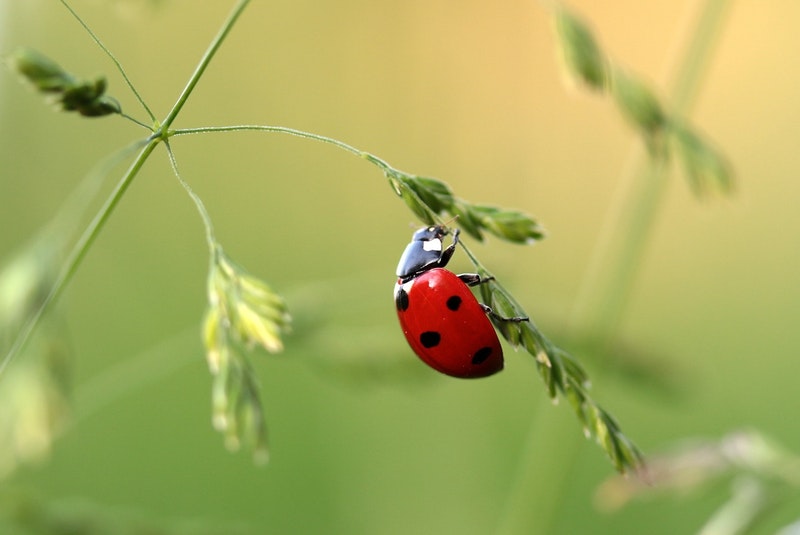
Macro photograph of a ladybug
When someone wants to take photos of insects or leaves, such as the image above, then using one of the many macro lenses available on the market would be the best option for you. You can often find them using coupon codes or on discount at many photography equipment sites.
Fisheye lens
A fisheye lens is also called the ultra-wide-angle lens. Such lenses are able to take photos in 180-degree radius. These lenses have got the name because they distort the field of view.
Fisheye lenses are now being used in a very creative manner to give really nice shots nowadays.
This skateboarder photo was taken using a fisheye lens, as you can see in the distortion of the ground and buildings.
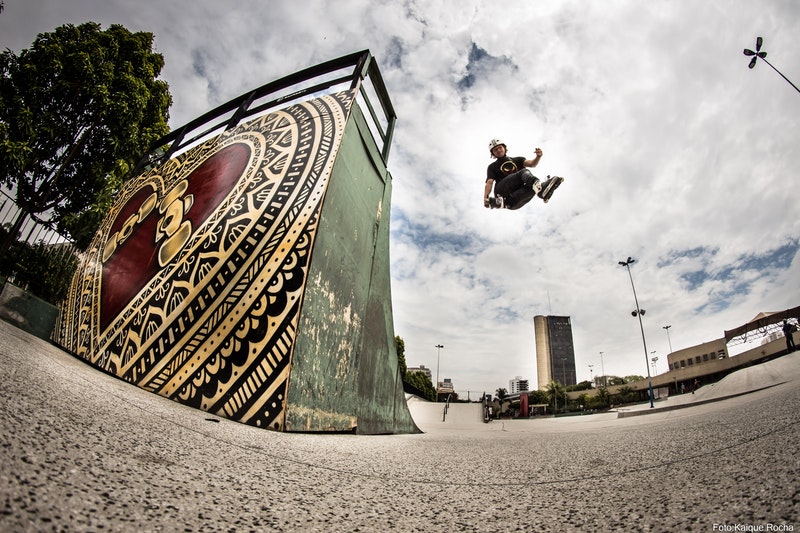
Skater in city, taken with fisheye lens.
Photographers! Earn a $200 Sign up Bonus... |
|---|
Interested? Sign-up here(more details) |
Final words
In this article, we've gone through a fair amount of information regarding typical camera lenses and the different types of camera lenses that are available on the market to purchase.
We have discussed a lot about the types of camera lenses and it would help you a lot in choosing the right one for your purpose.
About the Author
Emma Taylor is an Australian blogger and photographer, who lives in Melbourne with her two cats, where she frequents live theatre and wine bars.


